EDWARD STEICHEN ~ THE PHOTOGRAPHER


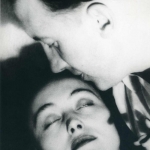
A poem by Paul Eluard “I cannot be known Better than you know me Your eyes in which we sleep

“It had been startling and disappointing to me to find out that story books had been written by people, that
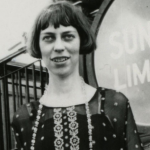
Writing a story or a novel is one way of discovering sequence in experience, of stumbling upon cause and effect

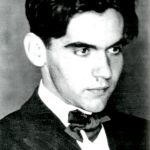
Federico Garcia Lorca “Let there be a landscape of open eyes and bitter wounds on fire. No one is sleeping

Monique’s Passion ~ Living an Artful Life How did I end up living an Artful life? I want to start of by
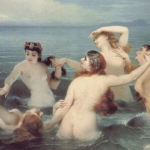
THE SIRENS ARE ENCHANTERS Circe warns Odysseus about the Sirens: “You will come first of all to the Sirens, who

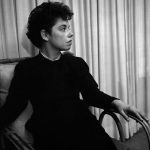
“I am a writer and I want to write.” ― Jane Bowles Fear and Hope “Like most people, you
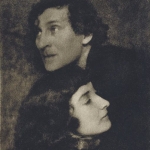
MARC AND BELLA CHAGALL ~ A COLORFUL LOVE “In our life there is a single color, as on an artist’s
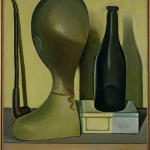
THE SURREALITY/REALITY OF GIORGIO MORANDI. Giorgio Morandi (1890 -1964) was an Italian painter and printmaker. “There is nothing more surreal,

Anna May Wong, photo taken by Edward Steichen
Anna May Wong, 1931 by Edward Steichen
Edward Steichen, Self Portrait
Edward J. Steichen (March 27, 1879 – March 25, 1973) was an American photographer, painter, and art gallery and museum curator. He was the most frequently featured photographer in Alfred Stieglitz‘ groundbreaking magazine Camera Work during its run from 1903 to 1917. Steichen also contributed the logo design and a custom typeface to the magazine. In partnership with Stieglitz, Steichen opened the “Little Galleries of the Photo-Secession”, which was eventually known as 291, after its address. This gallery presented among the first American exhibitions of (among others) Henri Matisse, Auguste Rodin, Paul Cézanne, Pablo Picasso, and Constantin Brâncuşi. Steichen’s photos of gowns designed by couturier Paul Poiret in the magazine Art et Décoration in 1911 are regarded as the first modern fashion photographs ever published. Serving in the US Army in World War I (and the US Navy in the Second World War), he commanded significant units contributing to military photography. He was a photographer for the Condé Nast magazines Vogue and Vanity Fair from 1923–1938, and concurrently worked for many advertising agencies including J. Walter Thompson. During these years Steichen was regarded as the best known and highest paid photographer in the world. Steichen directed the war documentary The Fighting Lady, which won the 1945 Academy Award for Best Documentary. After World War II he was Director of the Department of Photography at New York’s Museum of Modern Art until 1962. While at MoMA, in 1955 he curated and assembled the exhibit The Family of Man. The exhibit eventually traveled to sixty-nine countries, was seen by nine million people, and sold two and a half million copies of a companion book. In 1962, Steichen hired John Szarkowski to be his successor at the Museum of Modern Art.
source Wikipedia

A poem by Paul Eluard “I cannot be known Better than you know me Your eyes in which we sleep

Writing a story or a novel is one way of discovering sequence in experience, of stumbling upon cause and effect
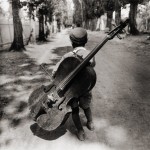
Boy with Cello – 1931 Eva Besnyö
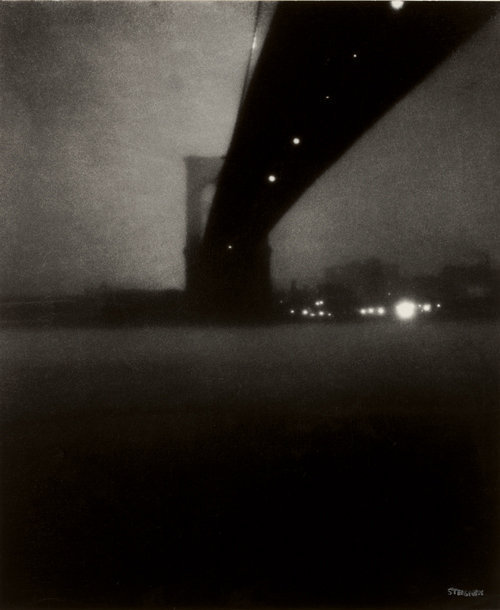
EDWARD STEICHEN
(b Luxembourg, 27 March 1879; d West Redding, CT, 25 March 1973).
American photographer, painter, designer and curator of Luxembourgeois birth. Steichen emigrated to the USA in 1881 and grew up in Hancock, MI, and Milwaukee, WI. His formal schooling ended when he was 15, but he developed an interest in art and photography. He used his self-taught photographic skills in design projects undertaken as an apprentice at a Milwaukee lithography firm. The Pool-evening (1899; New York, MOMA) reflects his early awareness of the Impressionists, especially Claude Monet, and American Symbolist photographers such as Clarence H. White. While still in Milwaukee, his work came to the attention of White, who provided an introduction to Alfred Stieglitz; Stieglitz was impressed by Steichen’s work and bought three of his photographs.

A poem by Paul Eluard “I cannot be known Better than you know me Your eyes in which we sleep

Writing a story or a novel is one way of discovering sequence in experience, of stumbling upon cause and effect

Boy with Cello – 1931 Eva Besnyö